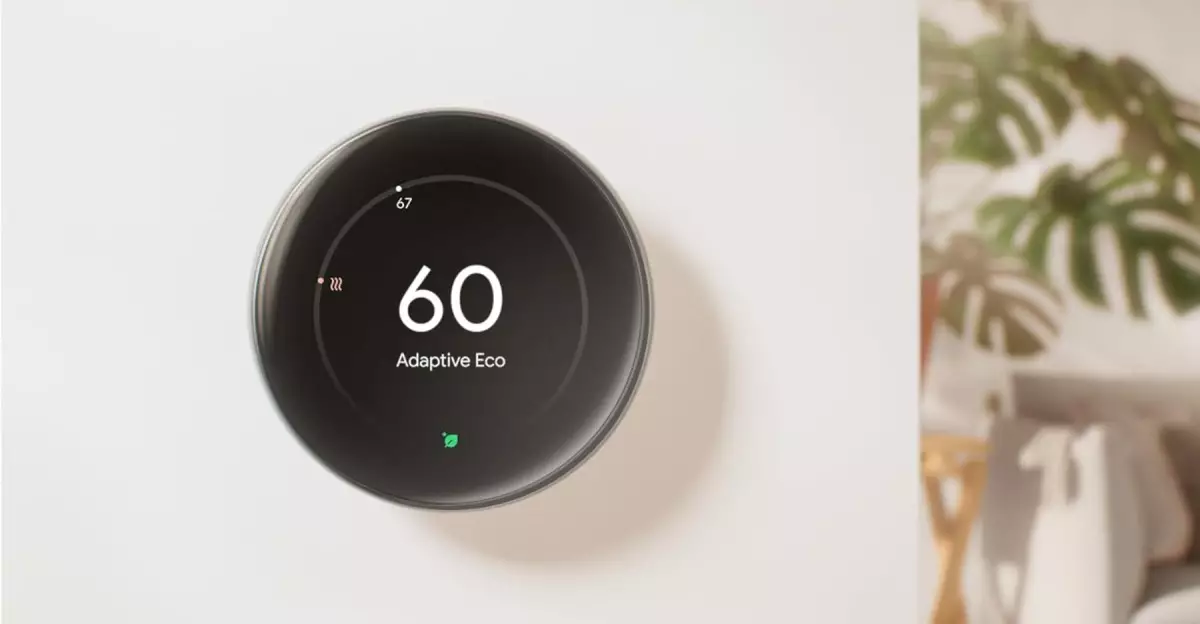In an era where interconnected devices define modern living, the fourth-generation Google Nest Learning Thermostat emerges as a pivotal upgrade that elevates everyday comfort. Unlike its predecessors, this iteration boldly pushes the boundaries of what a smart thermostat can achieve, primarily through enhanced HVAC compatibility. This is not just incremental improvement; it’s a decisive leap toward a future where your home automatically adjusts to your lifestyle with precision.
The expansion of support for a broader array of HVAC systems demonstrates Google’s commitment to inclusivity. It now accommodates more complex heating and cooling setups, ensuring that even unconventional or older systems can benefit from smart automation. This compatibility reduces the typical barriers homeowners face when integrating smart tech into diverse environments, making sophisticated climate control accessible rather than reserved for high-tech homes.
Moreover, the addition of Matter support elevates the thermostat to a new level of interoperability. This universal standard ensures seamless integration across various smart home ecosystems—whether you prefer Google Assistant, Apple’s HomeKit, Amazon Alexa, or Samsung’s SmartThings. For the user, this means a unified, frictionless ecosystem where the thermostat acts as an intuitive extension of your digital environment, rather than a standalone device that demands a specific platform.
Design Redefinition: Aesthetic Appeal Meets Practical Functionality
One of the most noticeable changes in this device is its upgraded aesthetic and practical interface. The larger display, now 60 percent bigger than older models, transforms user interaction. It is no longer merely a utilitarian device; it now stands as a sleek, stylish centerpiece within a home. The broader screen not only offers a visually pleasing experience but also packs more information—temperature, humidity, outdoor conditions—into a glanceable interface.
But functionality extends beyond visual appeal. The design allows more intuitive control through customizable information screens, which can be tailored to suit individual preferences. When viewed from afar, the display simplifies itself, focusing on one key metric, easing daily interactions. Up close, detailed data becomes accessible, facilitating more precise adjustments. This balance between form and function epitomizes thoughtful hardware design, blending aesthetics with usability.
The elimination of the C-wire requirement is another significant stride for installation flexibility. Traditionally, many smart thermostats relied heavily on dedicated common wires for power—often a barrier for older homes. This new model’s ability to operate without a C-wire broadens installation possibilities and reduces setup anxiety, especially for DIY enthusiasts. Although a compatibility check remains recommended, this feature substantially lowers the barrier to smarter climate control.
Smart Features Redefined: Learning, Sensing, and Predicting
What truly distinguishes this thermostat is its intelligent feature set, especially the enhanced Smart Scheduling. This capability leverages machine learning to predict your heating and cooling needs based on patterns and preferences. Over time, it adapts, steadily refining its understanding of your routines, thus minimizing the need for manual input. When enabled, it creates a comfortable environment automatically—saving energy and reducing utility bills without sacrificing comfort.
The inclusion of a second-generation remote temperature sensor amplifies this adaptability. Placed strategically in different rooms, it ensures every corner of your home reaches the desired climate, addressing one of the most overlooked aspects of traditional thermostats—uneven heating and cooling. This sensor integration exemplifies a nuanced, user-centric approach to smart home design, emphasizing comprehensive comfort rather than a one-size-fits-all solution.
Furthermore, the Soli radar sensor introduces an anticipatory element, detecting approaching individuals to prepare the system proactively. This kind of contextual sensing, paired with intelligent algorithms, moves home automation from reactive to predictive. It inched the technology closer to a fully autonomous environment, where your home responds intuitively to your habits and proximity.
Is It Worth the Investment?
Given its advanced features, aesthetic appeal, and seamless integration capabilities, the fourth-generation Nest Learning Thermostat stands out as a must-have for proactive homeowners. Its current discount—$61 off at Amazon and additional savings through Best Buy and Google—makes it an opportunity not to be missed. This device isn’t just a gadget; it’s a smart upgrade to your living environment that reflects a belief in effortless comfort and energy efficiency.
However, beneath its polished exterior and impressive feature set lies the question of whether it truly warrants the investment for everyone. While it excels in smart features and design, some users might find its capabilities redundant if their current system already meets their comfort needs. Nevertheless, for those seeking a future-proof, highly adaptable, and aesthetically refined solution, this thermostat is not just an upgrade—it’s a revolution in home climate management.


Leave a Reply